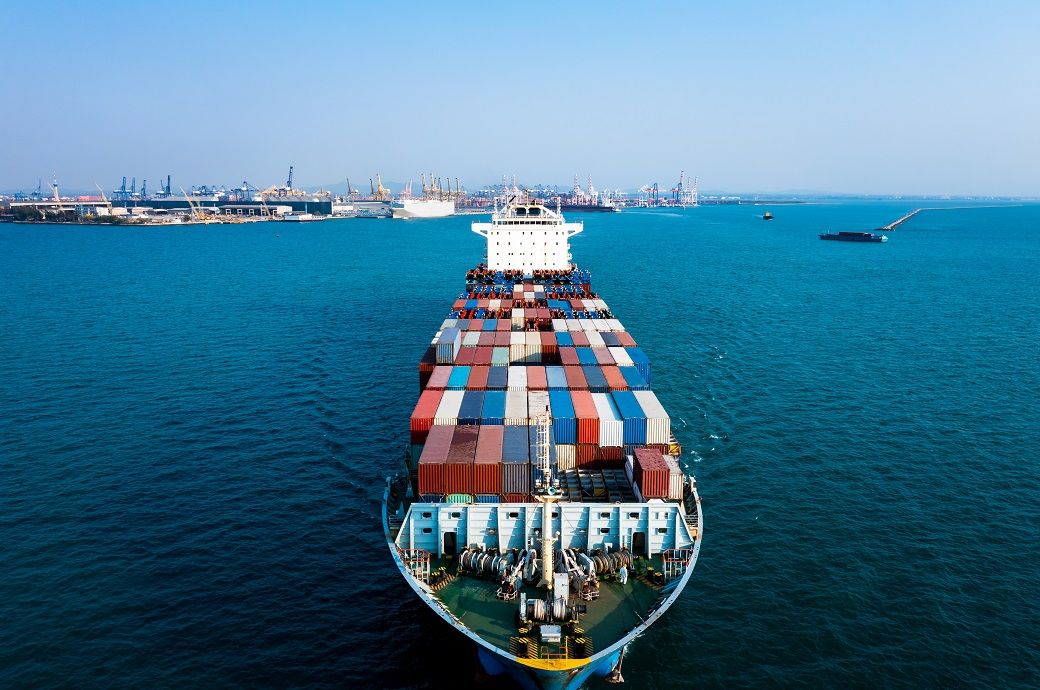
Asia-Pacific growth remains robust, led by emerging markets (EMs) and exports, according to a recent report by S&P Global. The region's economic momentum is influenced by a combination of export recovery and the impacts of elevated interest rates and inflation. Trade-dependent economies such as Hong Kong, Malaysia, South Korea, and Thailand have seen GDP growth supported by the resurgence in exports in early 2024. Conversely, in developed economies like Japan, Australia, and New Zealand, higher interest rates and inflation have negatively affected household spending and investment.
In Asian emerging markets, solid domestic demand growth has remained largely unaffected by tighter monetary policy, due to weaker transmission mechanisms. India's economic growth continues to outperform expectations, with GDP growth for fiscal 2024 revised up to 8.2 per cent. Export volumes are also rising in China and several Southeast Asian countries, contributing to a positive outlook for global demand growth, as per S&P Global.
The prospect of sustained high US policy rates is expected to limit monetary policy easing in the Asia-Pacific region, impacting domestic demand. Interest rates in the region are anticipated to start falling only late in 2024, with the positive effects on growth expected in 2025. Despite delays in US rate cuts, the resilience of the US economy benefits Asia-Pacific exports and growth.
S&P Global projects higher GDP growth in 2024 for Malaysia, the Philippines, Singapore, South Korea, Taiwan, Thailand, and Vietnam due to better export performance. Japan, however, is expected to see slower GDP growth as inflation affects real incomes and consumption. Australia faces lower GDP growth driven by restrictive interest rates, though a resilient labour market helps ease growth strains. India's growth is projected to moderate to 6.8 per cent this fiscal year, influenced by high interest rates and reduced fiscal stimulus. Other Asian EMs, including the Philippines, Vietnam, and Indonesia, are expected to see robust growth driven by solid domestic demand and export recovery.
Overall, the region excluding China and Japan is projected to grow by 5.1 per cent in 2024, compared to 5.4 per cent in 2023, and 5.2 per cent in 2025. Key risks to this growth include a sharper-than-expected US slowdown, weaker growth in China, and a significant slowdown in domestic consumption. Additionally, policies restricting trade and investment pose challenges, potentially leading to supply chain adjustments and impacting overall trade and economic activity.
Inflation pressures have eased in the Asia-Pacific region, though Indian headline inflation remains high due to food prices. Despite declining underlying inflation, the delay in US policy rate cuts is prompting Asia-Pacific central banks to postpone their own rate easing to manage capital flows and currency depreciation. Many central banks have taken measures to limit foreign exchange market pressures, including raising policy rates, tightening capital market regulations, and intervening in foreign-exchange markets.
Currencies in the region have depreciated by an average of 4 per cent against the US dollar in 2024, with Japan and Indonesia experiencing the largest weakening. Exchange rate management in countries like China and India has kept depreciation relatively low. Despite these challenges, Asian EMs are generally well-positioned, with flexible currencies and adequate foreign reserve coverage.
In Japan, gradual increases in policy rates are expected as price and wage-setting behaviour changes. The Bank of Japan is preparing to reduce its asset purchases under its quantitative easing programme, though interest rates are projected to remain lower than in other major advanced economies. Overall, the report highlights the complex interplay of factors shaping economic growth in the Asia-Pacific region, with emerging markets leading the way amidst a challenging global environment.
Fibre2Fashion News Desk (DP)